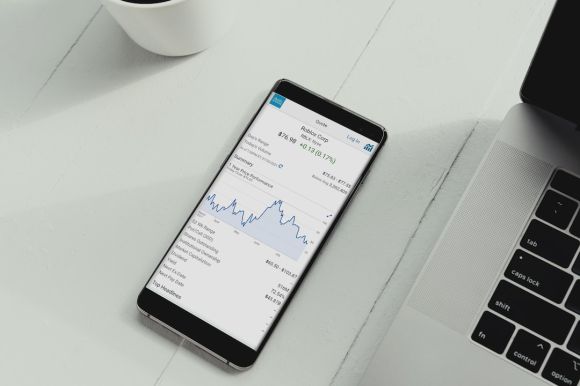Cryptocurrency exchanges have revolutionized the way we trade digital assets. These platforms provide a convenient way for individuals to buy, sell, and store cryptocurrencies. Binance and Coinbase are two of the most prominent centralized exchanges in the market, but decentralized exchanges (DEXs) are gaining traction. In this article, we will explore the differences between DEXs and centralized exchanges and discuss which one holds the key to the future.
Centralized Exchanges: The Trusted Middlemen
Centralized exchanges like Binance and Coinbase act as intermediaries between buyers and sellers. They hold custody of user funds and facilitate trading on their platforms. These exchanges offer a user-friendly experience, with features such as market orders and advanced trading tools. Moreover, they provide customer support and often have robust security measures in place.
However, the centralized nature of these exchanges comes with its fair share of drawbacks. Users must trust these platforms with their funds, making them vulnerable to hacks and theft. Additionally, centralized exchanges can have a single point of failure, leading to service disruptions and loss of access to funds.
Decentralized Exchanges: Empowering Users
Decentralized exchanges, on the other hand, aim to eliminate the need for intermediaries. They operate on blockchain technology, allowing users to trade directly from their wallets. DEXs provide users with full control of their funds, eliminating the risk of hacks or loss due to exchange malfunctions.
One of the notable advantages of DEXs is their censorship resistance. Unlike centralized exchanges, which can block or freeze user accounts, DEXs allow anyone to access the platform and trade without restrictions. This feature is particularly important for those living in countries with strict financial regulations or facing economic instability.
DEXs also offer increased privacy. Centralized exchanges often require users to complete lengthy verification processes, collecting sensitive personal information. DEXs, on the other hand, allow users to maintain their anonymity while trading.
The Challenges of Decentralized Exchanges
Despite their many advantages, DEXs face several challenges that hinder their widespread adoption. One of the major hurdles is scalability. Most DEXs currently operate on the Ethereum network, which has limited transaction capacity. This results in slower transaction times and higher fees during times of high network congestion.
Another challenge is the lack of liquidity on DEXs. Centralized exchanges have large user bases and deep order books, making it easier to execute trades at desired prices. DEXs, on the other hand, often struggle with low liquidity, which can lead to unfavorable trading conditions.
The Future of Exchanges: A Hybrid Approach?
As we look to the future, it is likely that a hybrid approach combining the best aspects of centralized and decentralized exchanges will emerge. We could see centralized exchanges incorporating decentralized features, such as non-custodial wallets, to enhance user security and privacy. Likewise, DEXs may integrate solutions to address scalability and liquidity issues, making them more user-friendly.
Conclusion: The Evolution Continues
The battle between decentralized exchanges and centralized exchanges is far from over. While centralized exchanges like Binance and Coinbase currently dominate the market, DEXs are gaining ground by offering increased security, privacy, and censorship resistance.
Both types of exchanges have their strengths and weaknesses, and the future may see a convergence of the two. As the cryptocurrency market continues to evolve, we can expect to see innovative solutions that combine the best of both worlds, ultimately providing users with more control over their assets while ensuring a seamless trading experience.
